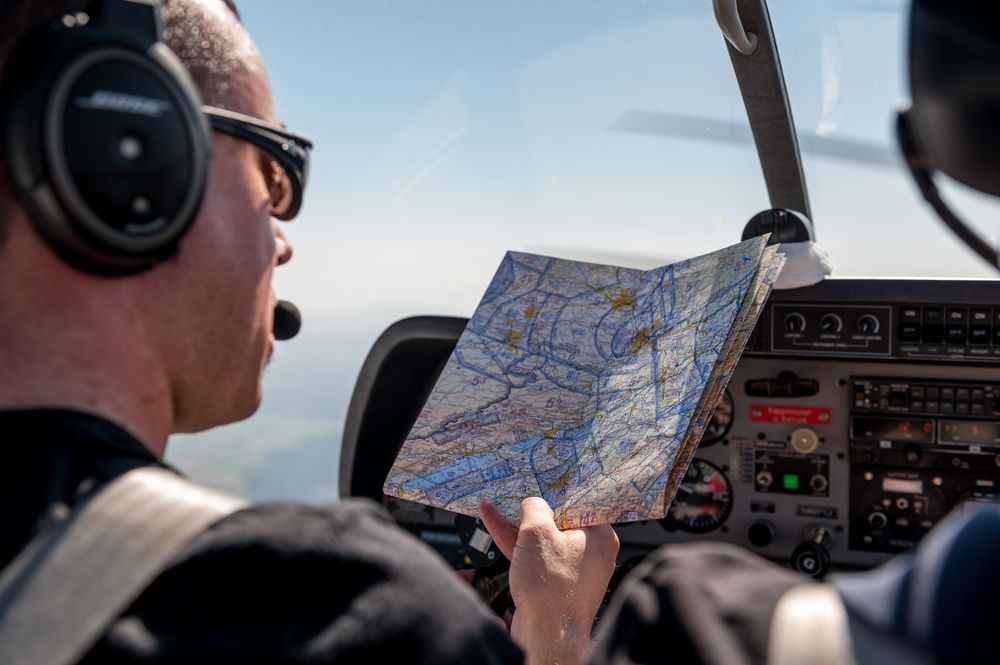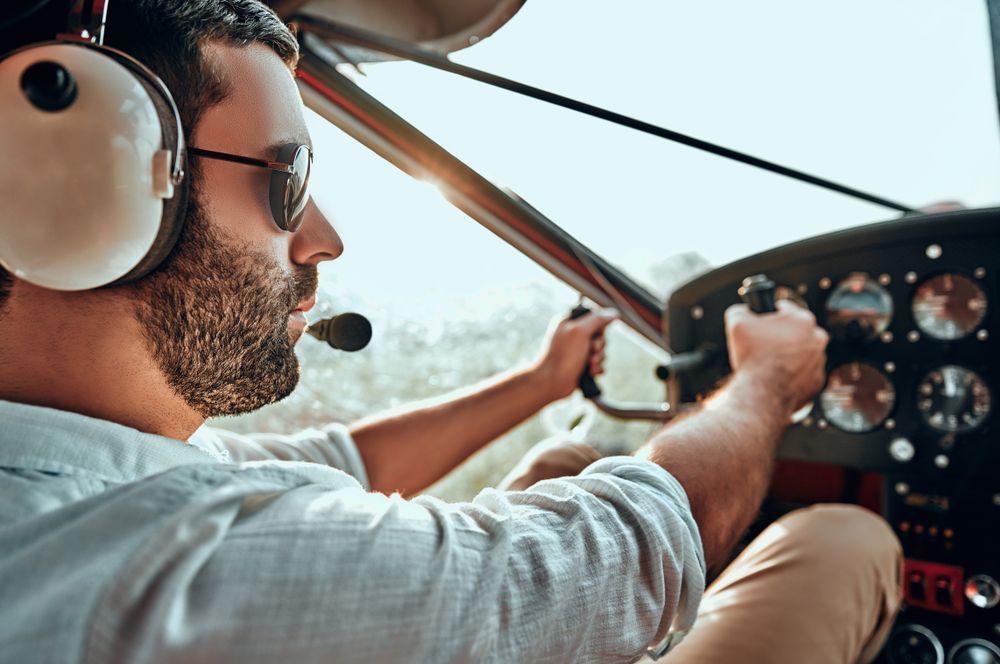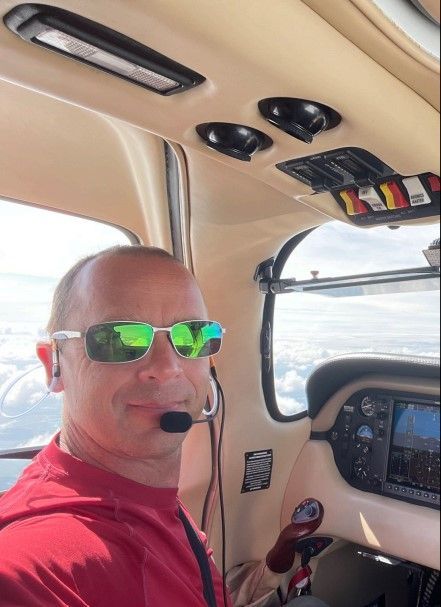
Written by: J.A. Flight Training
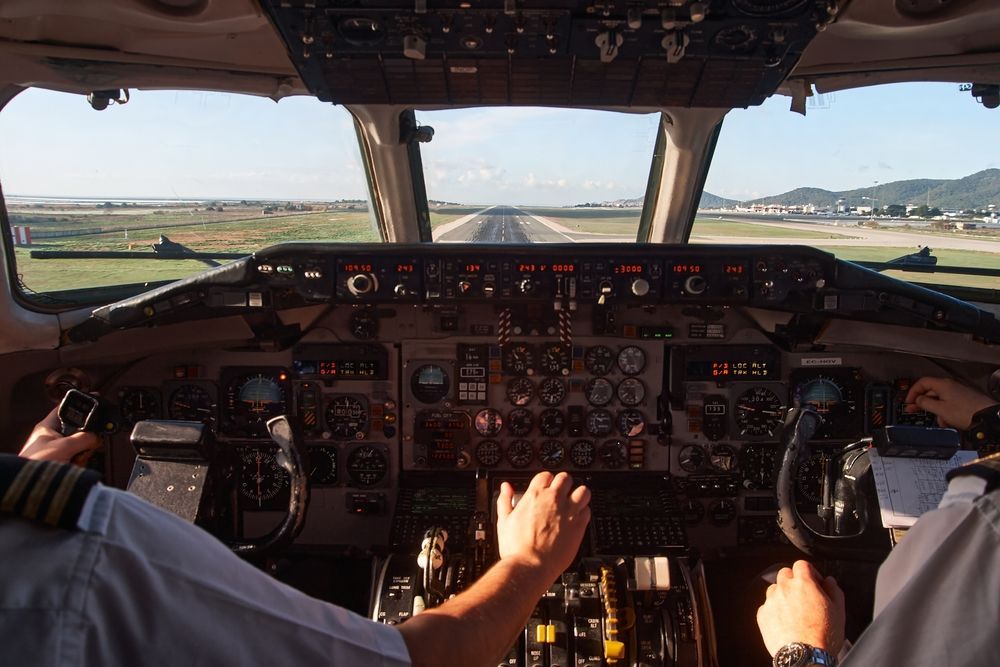
So you've been a military pilot, but it's time to move on to the next stage in your career ... and life. Many people feel apprehensive about such a move, and for good reason. Not only have you spent much of your career in the military at this point, but the steps to become a commercial pilot are often unclear. Indeed, many people find themselves asking “Can a military pilot become a commercial pilot?”
The good news is that the answer is yes. An aviation career for the Air Force or the Navy is indeed different than one for United or FedEx, but the skills are definitely transferable. Today, we will discuss the similarities and differences between the two types of flying as well as the steps needed to transition from military to commercial. Once you understand that, you'll be able to choose the right career airline pilot program for you.
Military vs. Commercial Pilots: What’s the Difference?
Before we discuss how to become a career airline pilot, there is a more basic question to answer. What exactly is the difference between a military and a commercial pilot?
Whereas a military pilot typically goes on missions, flying in combat situations and defending people and places, commercial pilots have no such concerns. Instead, they are responsible for transporting people and packages, depending upon the company you work for.
Regulations
If you work for the military, then you are already familiar with the number of regulations that govern how you fly, where you fly, who you fly with, and what you're allowed to do while in the plane. You have doubtless undergone serious training to learn specific maneuvers and operations, both of which have regulations attached as well.
Civilian regulations are less militaristic, but they are no less rigorous. Governing bodies like the Federal Aviation Administration still set strict standards for civilian operations to protect passenger safety and financial investments.
Airspace
One of the steps to becoming a commercial pilot is to understand the differences in airspace. In military airspace, pilots train on exercises or conduct operations particular to the military. In civilian airspace, air traffic control is the main authority.
Standard Operating Procedures
Standard operating procedures or SOPs define how pilots and organizations respond to changes in the environment. In the military, the goal is often to muster a response to the situation as quickly as possible. While urgent matters do impact commercial pilots, the more typical concerns relate to flight schedules, market conditions, and costs.
Making the Switch: Military to Commercial Pilot
There are several steps to become a commercial pilot. You must complete training as directed by civilian aviation bodies, pass your applicable FAA exams, and earn a license that will enable you to fly commercial flights, i.e. passenger and cargo planes. Let's take a closer look at the
pilot flight training timeline.
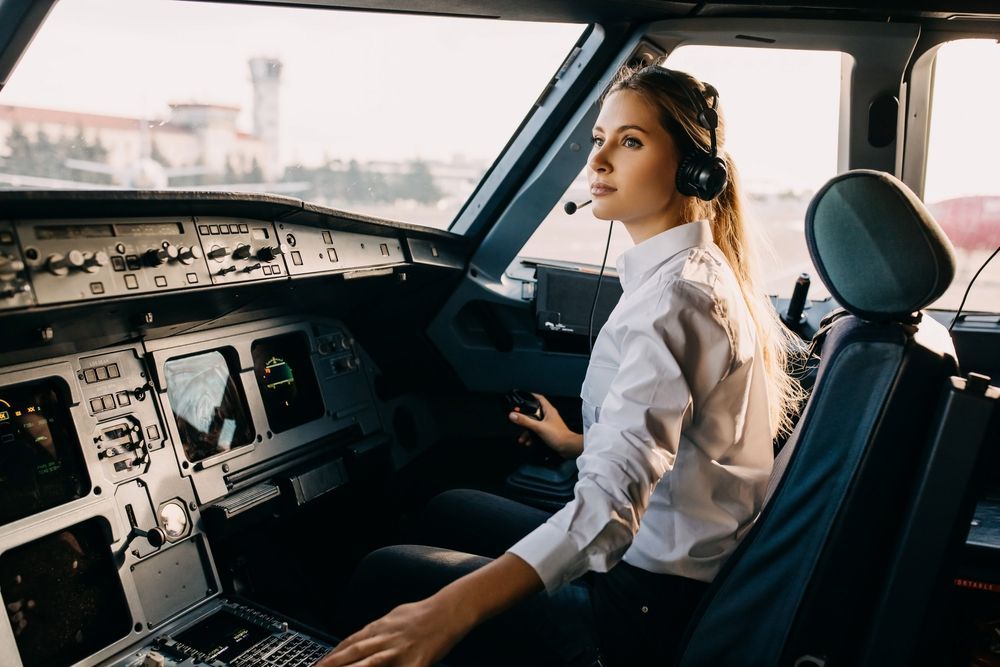
Obtain Civilian Certificates
Next up in answering the question “Can a military pilot become a commercial pilot?” is to discuss what exactly it looks like to start flying in civilian airspace, vis-à-vis certificates. First up you must obtain your Private Pilot License (PPL). From there, you must get an Instrument Rating, which authorizes you to fly in cloudy or rough weather or at night, when you must rely much more on your instruments.
Next up: the Commercial Pilot License (CPL). This comes with its own flight training requirements and exams, and you will most likely be required to get experience teaching and performing smaller flying jobs during this time.
Invest in Recurrent Pilot Training
Another of the most important steps to becoming a commercial pilot is to invest in
recurrent pilot training. It is not enough merely to become proficient in the first place; you must make sure you keep your skills sharp regarding aircraft systems, emergencies, proper procedures, weather, and more.
Apply to Different Commercial Pilot Jobs
Although training can feel somewhat overwhelming when you're used to the routine of military life, it is getting a job after flight school that proves most stressful for many people trying to transition their careers.
You can take many steps to help ease this transition for yourself, including:
- Making use of your existing military network to ask questions, seek advice, make new connections, and get recommendations or references
- Adjust your resume to highlight the most pertinent commercial skills from your military background
- Consider regional or cargo jobs, as they can pay quite well and are less in demand than the larger domestic or international airlines
- Be willing to work in a less-than-dream-job setting while you build your skills and flight hours and learn the ins and outs of commercial aviation
- See if you can make use of transition assistance programs to help ease your path from the military to the civilian airline world
Challenges to Watch For
Some of the most challenging steps to becoming a commercial pilot include understanding that civilian rules and regulations differ considerably from the military, adjusting to a very different work culture and chain of command, and learning new procedures in aircraft. While all of this can be stressful at first, many a military pilot has overcome it on the way to a successful commercial career.
Age Requirements
The demands of commercial flying are lower than those of the military, so there is not as much pressure on pilots to start young. You can become a commercial pilot at any age, as long as you're aware that after the age of 40, you are required to get physicals every year.
Aircraft Knowledge
This may seem obvious, but one of the most important steps to becoming a commercial pilot is to familiarize yourself with new aircraft. Not only that but the new planes you will be flying are associated with different procedures and regulations, which you must also learn.
Begin Your Commercial Aviation Career with J.A. Flight
Ready to embark on your next
career journey?
Get in touch with us today to learn more about becoming a commercial pilot!
